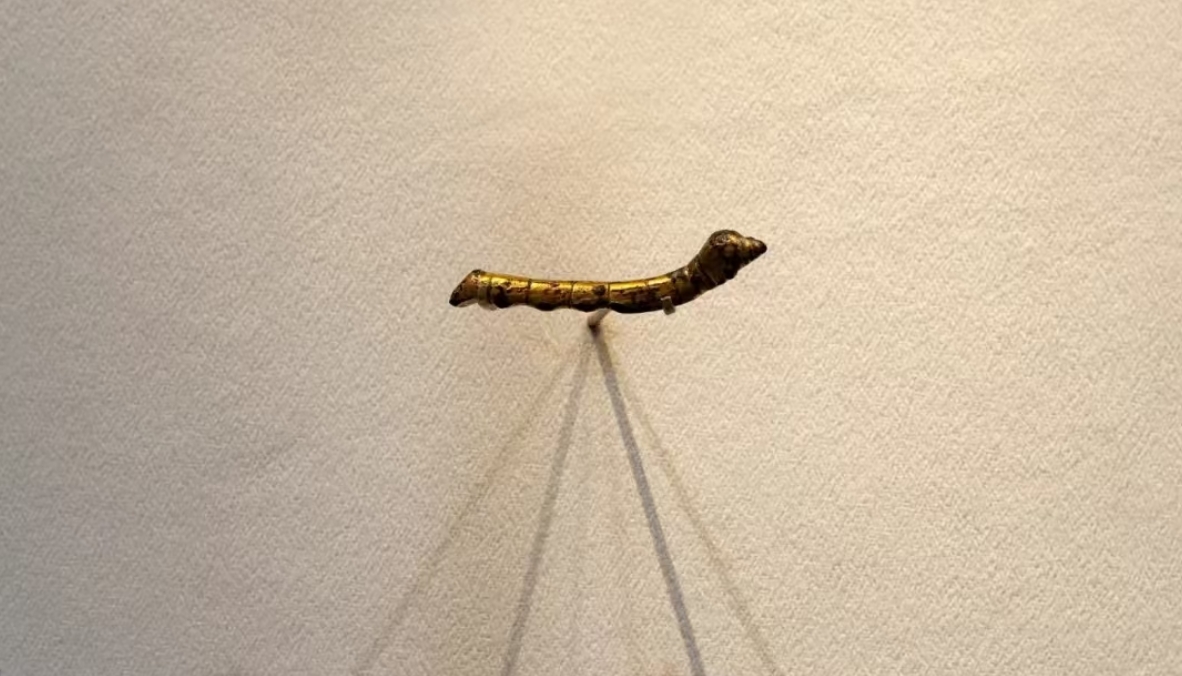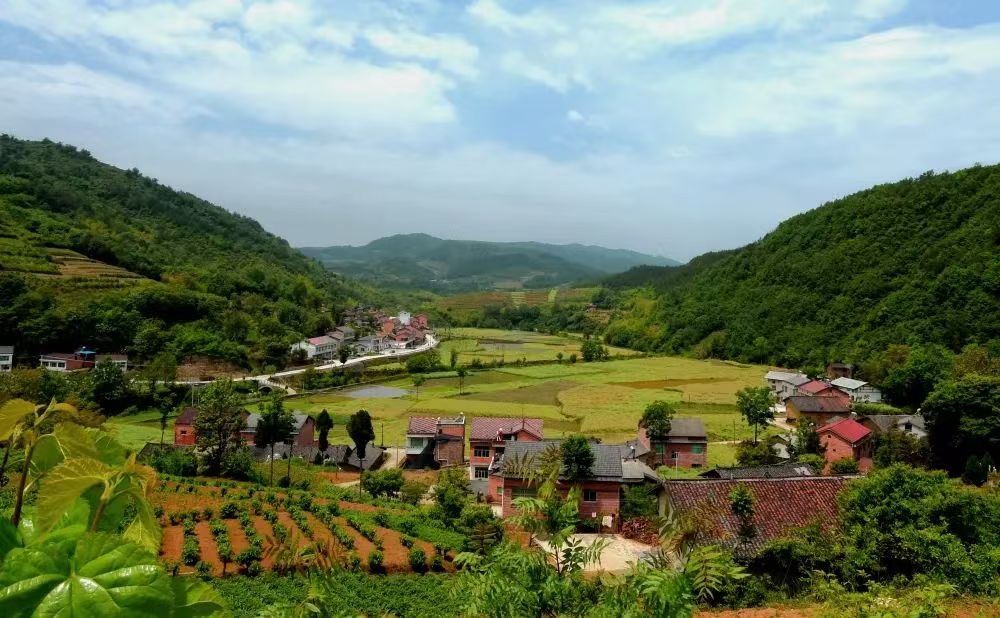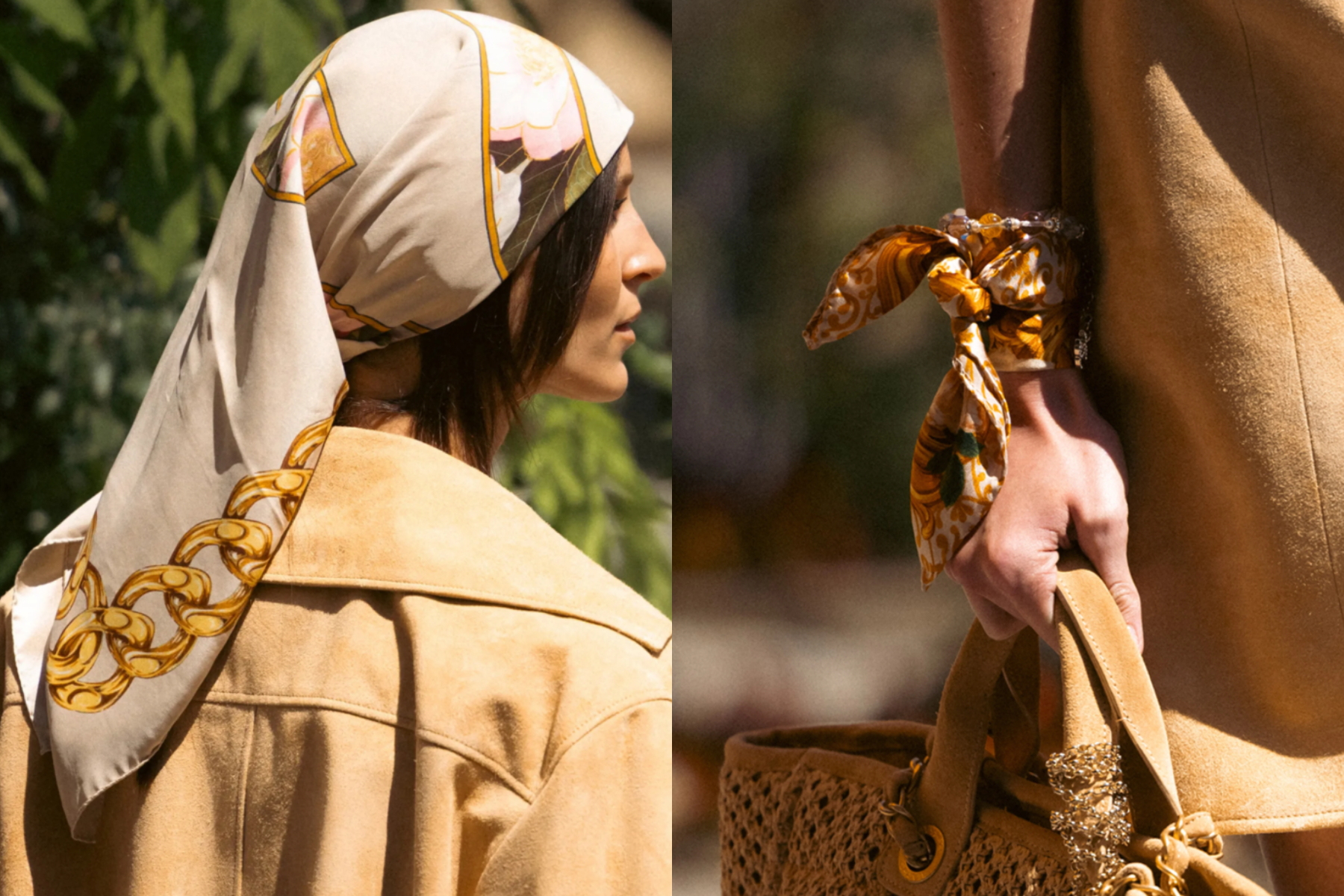Previous Highlights from the Luxe.Co Silk Culture Column:
-
The World’s Earliest Luxury Fabric Was Actually “Made in Chengdu”!
-
Masters of Shu Embroidery, Hangluo, and Xiangyun Silk Selected for the Sixth Batch of National Intangible Cultural Heritage Representative Inheritors
-
Where Did the Silk for Hermès’ First Scarf Come From?
-
How Hermès Manages Its Silk Supply Chain
-
Masters of Kesi Weaving, Song Brocade, Shuanglin Lingjuan, and Lu Brocade Selected for the Sixth Batch of National Intangible Cultural Heritage Representative Inheritors
-
50% of the World’s Top-Quality Raw Silk Is Produced in This Part of Sichuan | Luxeplace Silk Culture Column
Among the many precious historical artifacts housed at the Shaanxi History Museum is a 2,000-year-old “silkworm baby.” It is the nationally designated first-class cultural relic known as the “Gilded Bronze Silkworm” from the Western Han dynasty, and remains the only gilded bronze silkworm artifact from the Han dynasty ever unearthed.
This “golden silkworm” stands as an important witness to the ancient overland Silk Road and reflects the two-thousand-year-old sericulture culture of Shiquan County, Ankang City, Shaanxi Province.

The gilded bronze silkworm is 5.6 centimeters long, cast from red copper, and coated with a layer of gold foil. Its form is remarkably lifelike.
In ancient times, Shiquan County served as a silk weaving base for Chang’an, the capital during the Western Han dynasty, and as a critical hinterland of the Silk Road. Today, thanks to the revitalization of the sericulture industry, Shiquan has not only eradicated poverty but has also developed into the largest sericulture production base in the Northwest region.
In December 1984, local villager Tan Fuquan accidentally discovered the gleaming bronze silkworm while panning for gold in a river. As news of the find spread, Tan Fuquan refused an offer of RMB 8,000 [approximately USD 1,105] from cultural relic dealers, instead borrowing money to raise RMB 50 [approximately USD 6.90] for travel expenses to Xi’an, where he donated the artifact to the Shaanxi History Museum.

The discovery of this “golden silkworm” in Shiquan was no coincidence. Located in southern Shaanxi, Shiquan lies with the Qinling Mountains to the north and the Bashan Mountains to the south. It marks the southern starting point of the ancient Ziwuzhandao plank road, making it historically significant for both military and trade purposes. The Han River winds from west to east across Shiquan for 52 kilometers, creating a water system known as “one river, seven streams,” whose scenic beauty resembles that of southern China’s famed water towns—thus earning Shiquan the nickname “Little Jiangnan of Shaanxi” among many internet users.
Shiquan also boasts natural advantages for sericulture: annual rainfall of 900 millimeters, a frost-free period of 250 days, ideal conditions for the growth of high-quality mulberry trees. Its proximity to Chang’an and its developed water transport routes further enhanced its strategic importance. Experts believe that Shiquan, along with Ankang City where it is located, was likely one of the main production centers for silk supplied to Chang’an at the time.

Silk, prized as “hard currency” for East-West trade, was fervently sought after by European aristocrats during the Han dynasty, leading ancient Rome to refer to China as “Seres” (from the Latin word for silk, believed to be derived from the Chinese character “丝” meaning silk). In ancient Rome, twelve ounces of gold could be exchanged for one pound of silk, and one-quarter of the Roman treasury’s annual expenditure was said to be used for purchasing silk.
Historical records explain the origin of the “golden silkworm”: After his first diplomatic mission to the Western Regions, Zhang Qian returned to his hometown in Hanzhong and, passing through Shiquan, observed the thriving local sericulture industry. Upon returning to Chang’an, he reported these findings to Emperor Wu of Han and proposed that, following the example of the Shu King Can Cong, golden silkworms be cast as rewards for outstanding sericulture households, serving as offerings to pray for prosperous, disaster-free silkworm harvests.

Above: Shiquan Sericulture Research and Demonstration Base, Northwest A&F University
Two thousand years later, the revival of the sericulture industry has paved the way for prosperity in Shiquan.
Due to 96% of its area being mountainous, with per capita arable land less than one mu (approximately 0.07 hectares), traditional farming was difficult to sustain in Shiquan. In 2016, the county’s poverty incidence rate was as high as 24.5%, making it a key focus area for the Qinba Mountain Region poverty alleviation efforts. Despite its long history in sericulture, the local industry chain was short, relying mainly on traditional “silkworm raising and cocoon selling,” which was insufficient for modern development needs.
Thanks to county government initiatives, Shiquan developed a full industrial chain encompassing seed production, silkworm rearing, silk reeling, fabric weaving, garment manufacturing, and by-product development. In March 2020, Shiquan officially lifted itself out of poverty and was featured as a model case in the Compilation of National Industrial Poverty Alleviation Typical Cases published by the State Council’s Poverty Alleviation Office.
Today, Shiquan is the leading sericulture county in Northwest China. In 2024, the comprehensive output value of Shiquan’s sericulture and silk industry reached RMB 3.549 billion [approximately USD 490 million]. In 2025, the government plans to establish a 6A-grade premium raw silk cocoon production base and promote the high-quality development of the sericulture industry.

Leveraging its sericulture industry, Shiquan has developed a variety of specialty culinary products, such as Mulberry Banquets, Mulberry Wine, Mulberry Leaf Green Juice, and Mulberry Leaf Cakes, as well as cultural tourism and creative industries. The county boasts five national 4A-rated tourist attractions: Shiquan Ancient City on the Han River, Zhongba Grand Canyon, Yanxiang Cave, Guigu Ridge, and Yanshan Waterfall. During the 2025 Spring Festival, tourist visits to Shiquan increased by 29.19% year-on-year.

Above: Zhongba Grand Canyon
| Source: Shiquan County Government Official Website; CCTV programs National Archives and Chinese Image Chronicles
| Image Credit: WeChat Official Accounts “Shiquan Cultural Tourism”, “Shaanxi History Museum”; CCTV program screenshots
| Editor: LeZhi



